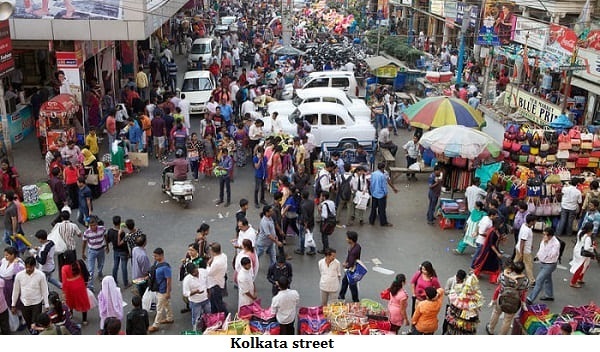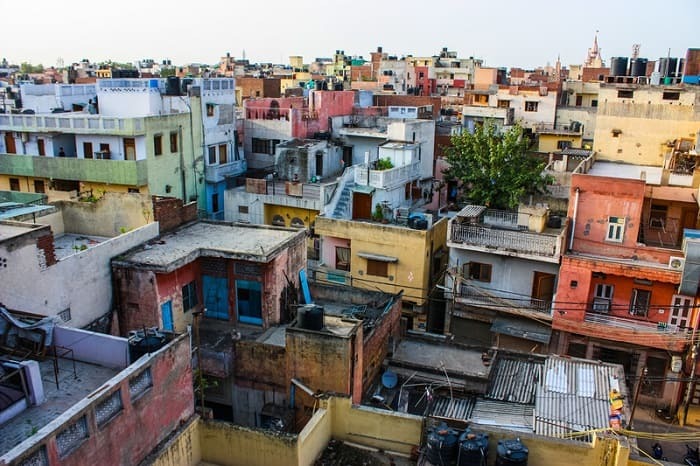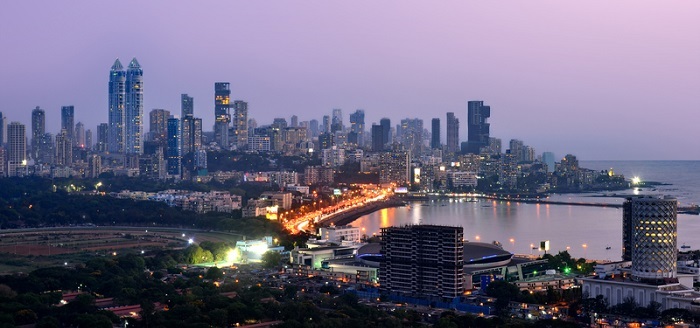

Urban anthropology can be termed as a subfield of general anthropology that deals with urban studies.
One of the most significant and rapidly expanding subfields in social and cultural anthropology is urban anthropology. Cities are currently a crucial subject of research for anthropologists all around the world. Urban anthropology's goal is to comprehend not just the complexity brought on by social, cultural, political, and economic changes in cities, but also how those changes affect the cities themselves. Concepts like city, urban, urbanism, and urbanization are included in discussing the origin, nature, and evolution of urban anthropology as a significant subfield of anthropology.
 Urban anthropology can be termed as the study of urban structures and processes, this is influenced by the various political, economic, social, and cultural elements. Urban anthropology deals with the analysis of cultural systems in urban areas and city identity. Urbanization is the collective term for the population shift from rural to urban areas, the corresponding fall in the number of people living in rural areas, and the social adaptation strategies to this change. The majority of urban anthropological study has been concerned with social issues, particularly poverty.
Urban anthropology can be termed as the study of urban structures and processes, this is influenced by the various political, economic, social, and cultural elements. Urban anthropology deals with the analysis of cultural systems in urban areas and city identity. Urbanization is the collective term for the population shift from rural to urban areas, the corresponding fall in the number of people living in rural areas, and the social adaptation strategies to this change. The majority of urban anthropological study has been concerned with social issues, particularly poverty.
The primacy of ethnography and the creation of urban ethnographies of groups of people in urban settings, sometimes known as "anthropology in the city," are the characteristic features of Urban anthropology. An ethnography is both a strategy for studying a group of people from a sociocultural standpoint and a written account of the findings from that method. Through this process, the anthropologist learns about the local social, political, and economic life. However, the majority of ethnographers employ a variety of techniques, such as qualitative interviews, life narratives, and personal documents in addition to quantitative surveys and maps.
The general strength of urban anthropological approaches resides in their capacity to offer empirically rich, embodied understandings of daily life and human actions that are indissolubly entwined with and dependent upon broader socioeconomic and political dynamics. Studies that focus on grassroots issues make the connection between social forces and global capital with local politics and practices particularly obvious.
Urban space is the area of land that people call residence. These urban areas facilitate social contact, communication, and movement among the city's citizens. The cities' social diversity may be attributed to a variety of important factors, such as age, ethnicity, religion, race, class, gender, and handicap. The experiences of city inhabitants are frequently shaped by the interactions between urban dwellers and existing distinctions. The many aspects of urban structure, such as forms of production and consumption, movement within the city, and access to its resources, continually shape how people navigate the city on a day-to-day basis. Urban diversity is intended to promote greater interchange, which will promote cosmopolitanism and productivity.
Neighborhood studies attracted the attention of urban anthropologists since it was simple to group cities according to their understanding of certain neighborhoods. Residents can meet up and connect informally in a neighborhood.
In contrast to today's planned urban communities, Indian mohallas have a deep and complex social and emotional meaning that has been built through centuries.
Consisting of a variety of traditions, such as those that emphasize dominance, violence, friendliness, and reciprocity
Differently constituted at various periods and about various common and uncommon events.
The closeness of living is characterized by a sensory interaction with individuals that may include face-to-face interactions, criticality, sights, the aroma of preparing food, the sound of washing clothes, arguments, or violence.

Mohalla
Description: View of mohalla residence in India
Cities from South Asia and South East Asia transformed into "Global Factories," and they were crucial to the growth of the area. These cities got their start as financial and industrial centers in the post-colonial era, supplying raw resources to the countries that produced the goods and then selling them on to the cities in the global south. With the passage of time and advancements in technology, cities have created industrial facilities that are now able to serve both domestic and international clientele. The wealth is concentrated in the world's major cities, where the wealthy reside mostly creating a contrast with the working class. Examples may be seen in Shanghai, Bangkok, and Singapore.

Metropolitan city of Mumbai
Urban anthropology's goal is to comprehend not just the complexity brought on by social, cultural, political, and economic changes in cities, but also how those changes affect the cities themselves. Concepts like city, urban, urbanism, and urbanization are included in discussing the origin, nature, and evolution of urban anthropology as a significant subfield of anthropology. An ethnography is both a strategy for studying a group of people from a sociocultural standpoint and a written account of the findings from that method. The general strength of urban anthropological approaches resides in their capacity to offer empirically rich, embodied understandings of daily life and human actions that are indissolubly entwined with and dependent upon broader socioeconomic and political dynamics.
Q1. Describe the evolving fields of urban anthropology.
Ans. Urban anthropology has been able to keep its specific relevance due to its ongoing evolution and novel methodologies and approaches. Although concepts like space, mobility, and planning were shared with many other disciplines. Social issues including homelessness, racial tensions, poverty, social justice, unemployment, crime, and public health also served as a focus of urban anthropology.
Q2. What methods are available for defining the urban social structure?
Ans. Establishing methods for urban social structure
Demographic
Ecological
Socio-cultural
Q3. What is a social network analysis technique?
Ans. Social networks in society are the different kinds of affiliations that people have in their local communities. Both formal and informal relationships constitute the foundation of social networks. When the typical social structures are absent and interactions look dispersed and diffused, social network analysis is an intriguing way to try to understand how people relate to one another.